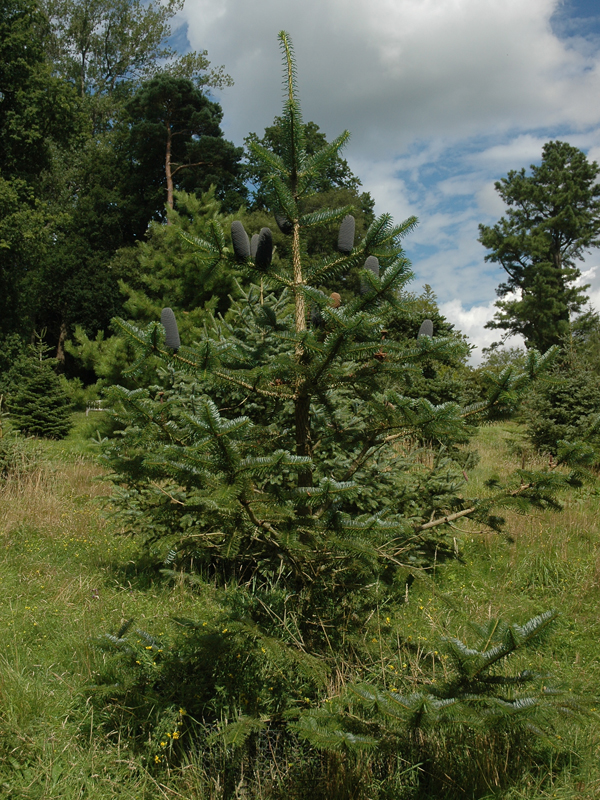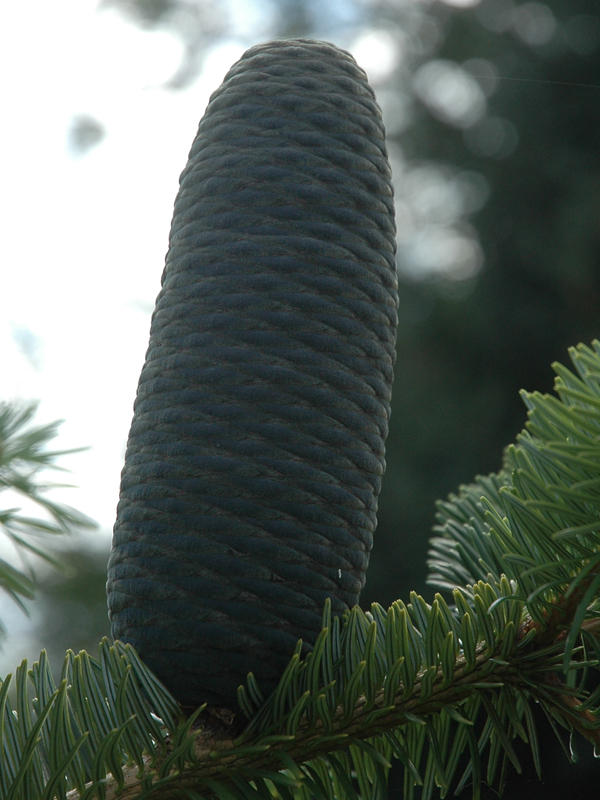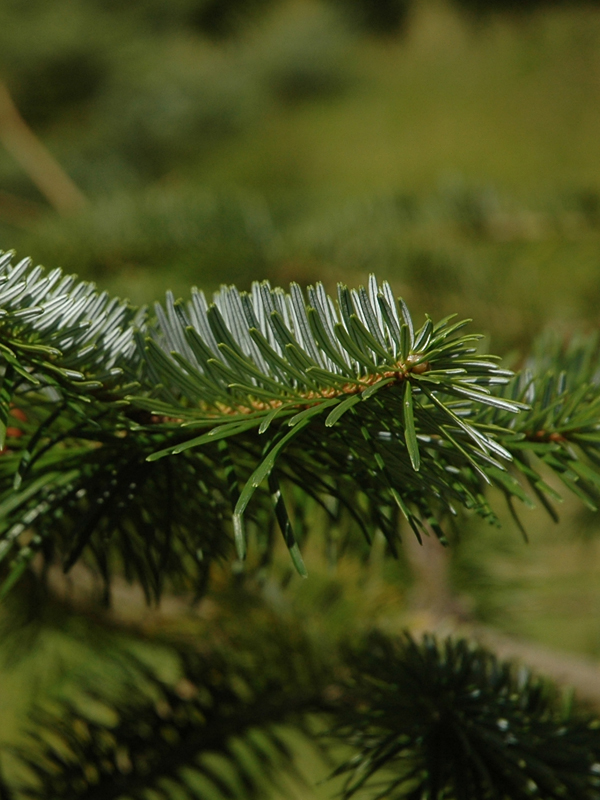
Woody > Abies > Abies recurvata > Abies recurvata var. ernestii
Abies recurvata
var. ernestii
Origin: Native to China including south west Gansu, west Sichuan, south east Tibet and possibly north west Yunnan.
| Family |
| Pinaceae |
| Genus |
| Abies |
| Species |
| recurvata |
| Category |
| Woody |
| Type |
| Tree (evergreen) |
| Variety |
| ernestii |
| Synonyms |
| Abies ernestii |
| Pronunciation |
| USDA Hardiness Zone |
| 6 |
| Canadian Hardiness Zone |
| 5 - 6a |
| RHS Hardiness Zone |
| H7 - H6 |
| Temperature (°C) |
| -23 to -18 |
| Temperature (°F) |
| -10 - 0 |
| Height |
| 35 m |
Photographs
Description and Growing Information
Flowering Period
| General Description |
| A coniferous fir with a conical crown that spreads and becomes flat with age. |
| Growth |
| Fast |
| Habitat |
| Occurring at elevations of 2,300 - 3,200 m in small stands or mixed forest of broad-leaved trees often at lower elevations than other Abies species. |
| Bark/Stem Description |
| Bark is rough and flaking, tending to be brown or grey-brown, although occasionally tinged orange. |
| Leaf Description |
| Leaves are glossy green with two green-white stomatal bands beneath. The ernestii variety has notable longer leaves, up to 3.5 cm in length, that are often bloomed grey above. The apex on young, vigorous ernestii is often cleft deeply, forming two points. |
| Fruit Description |
| Cones are short-stalked, ovoid or oblong, and are originally purple in colour, becoming brown tinged with grey. |
| Ethnobotanical Uses (Disclaimer) |
| Cut for lumber to the point that China has since restricted its harvest in Sichuan. |


